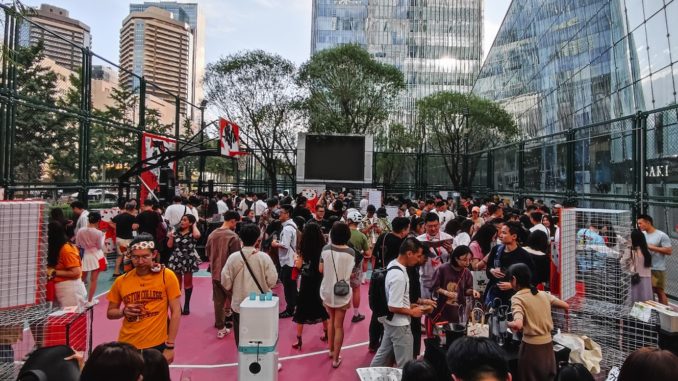
Take one basketball court, more than a dozen importers and 119 orange wines. Add nonstop music, food vendors and handy gift bags with tasting glasses. Then let it breathe for nine hours as curious consumers indulge.
This was the recipe for a successful orange wine festival recently held in Beijing’s central business district.
Organized by Whisky Pool, via their newer Wine Pool brand, the attention to detail was impressive. And based on four hours there, my fellow consumers seemed more than satisfied with so much choice for the RMB158 / USD22 / EUR20 entry fee. Check out this short video I made:
This event is in contrast to the constant negative news about falling wine imports and local production. (One chart being passed around shows imports falling to 1990s levels though I find that hard to believe.)
True, the wine scene in China is struggling but we do see bright spots and one is “craft wine”, a catch-all for wine labeled orange, natural, pet-nat, biodynamic, skin-contact, minimal intervention et al. A niche far different than China’s traditional wine scene (see below).
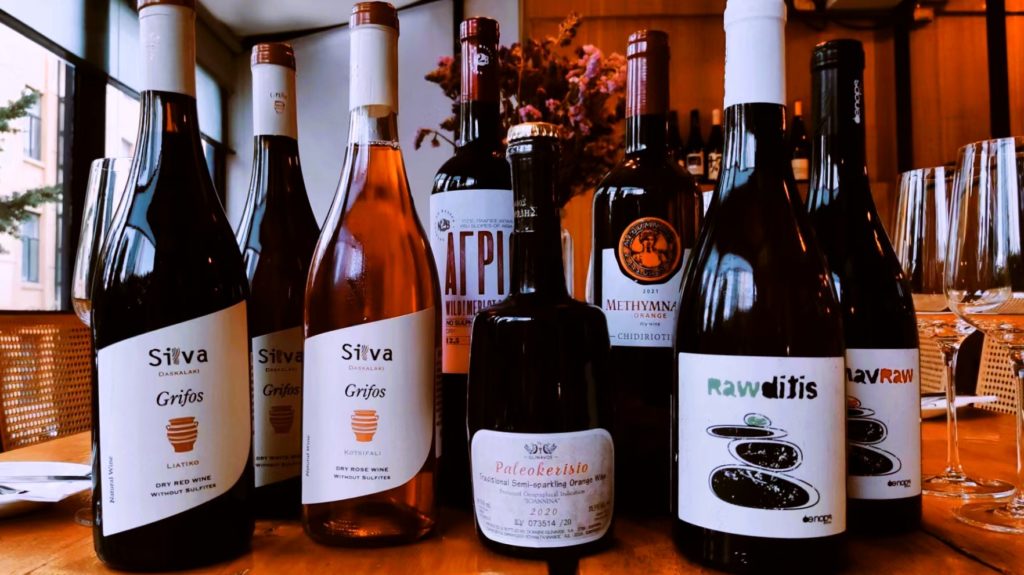
On the trade side, importers big and small are increasingly adding craft wine, both from expected sources like France, Italy and Slovenia as well as Greece, Chile and Australia, among other countries.
Local producers are getting into the game, too, with a rise in orange, pet-nat and minimal intervention wine. (In his 2022 report, Shuai Zekun of jamessuckling.com rated an orange wine by Ningxia’s Charme winery in his top ten: “Last year, I tasted nearly 8000 wines from all over the world, and this skin-contact Viognier still shines among its orange wine peers.”)
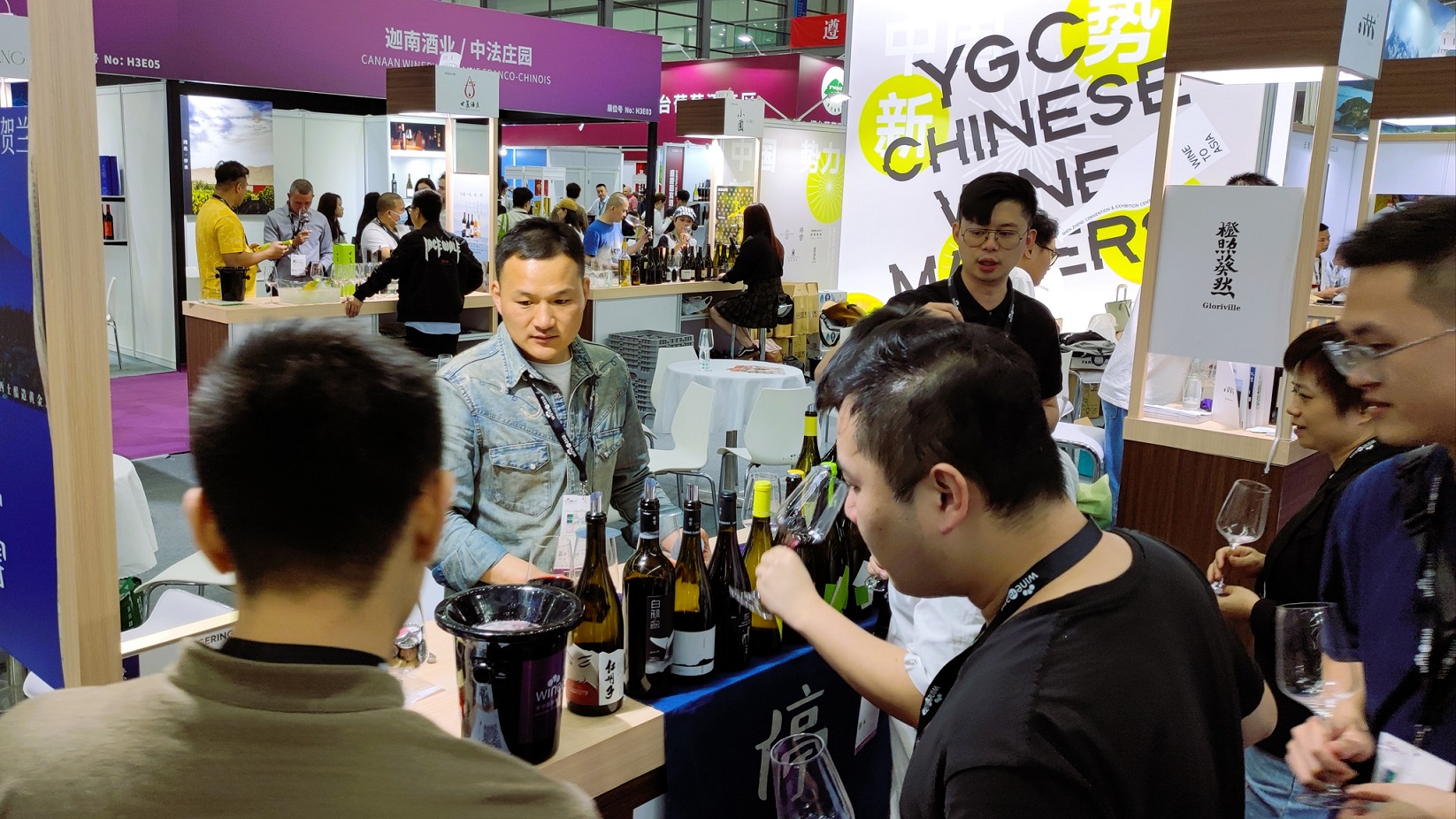
Trade fairs are also featuring them: At Wine to Asia in Shenzhen in May, the Living Wines area dedicated to craft wines was easily the busiest, with strong presences from Slovenian, Italian, French and Georgian brands. (See this Q&8 with Wine to Asia’s Simone Incontro who talks about the general craft wine scene, including smaller markets like Qingdao and Xiamen.)
Second busiest? The YGC pavilion – Young Chinese Winemakers – with many minimal intervention wines, orange wines, pet-nats and even ciders.
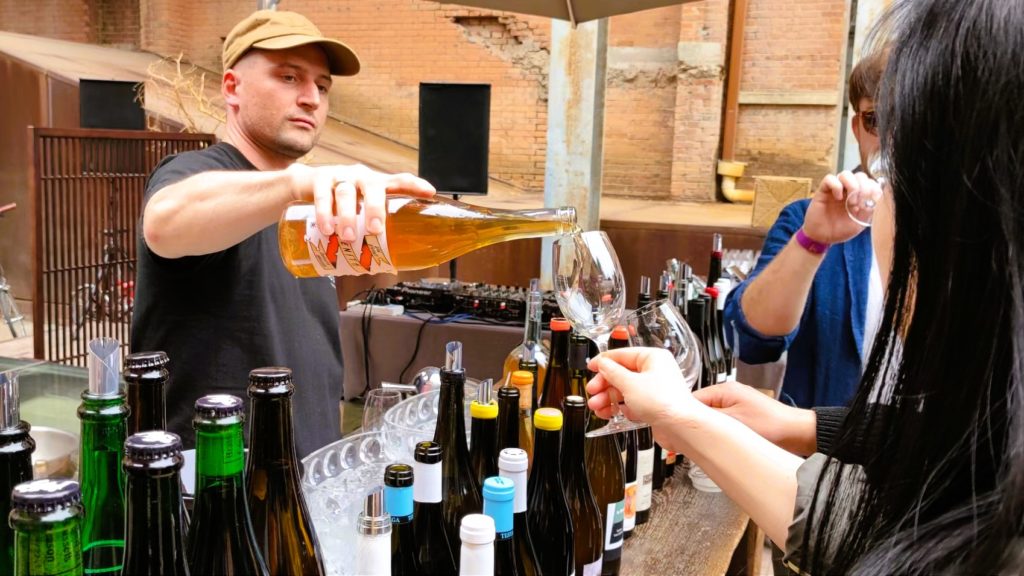
On the retail side, craft wines often make up a high percentage of portfolios, and sometimes the whole list, at wine bars opened the past five years. Shanghai has long lead the way, with venues like RAC and SOif, but we have seen places popping up countrywide, from The Weeknd in Shenzhen to La La Land in Chengdu to White Tiger Village in Beijing, among many others.
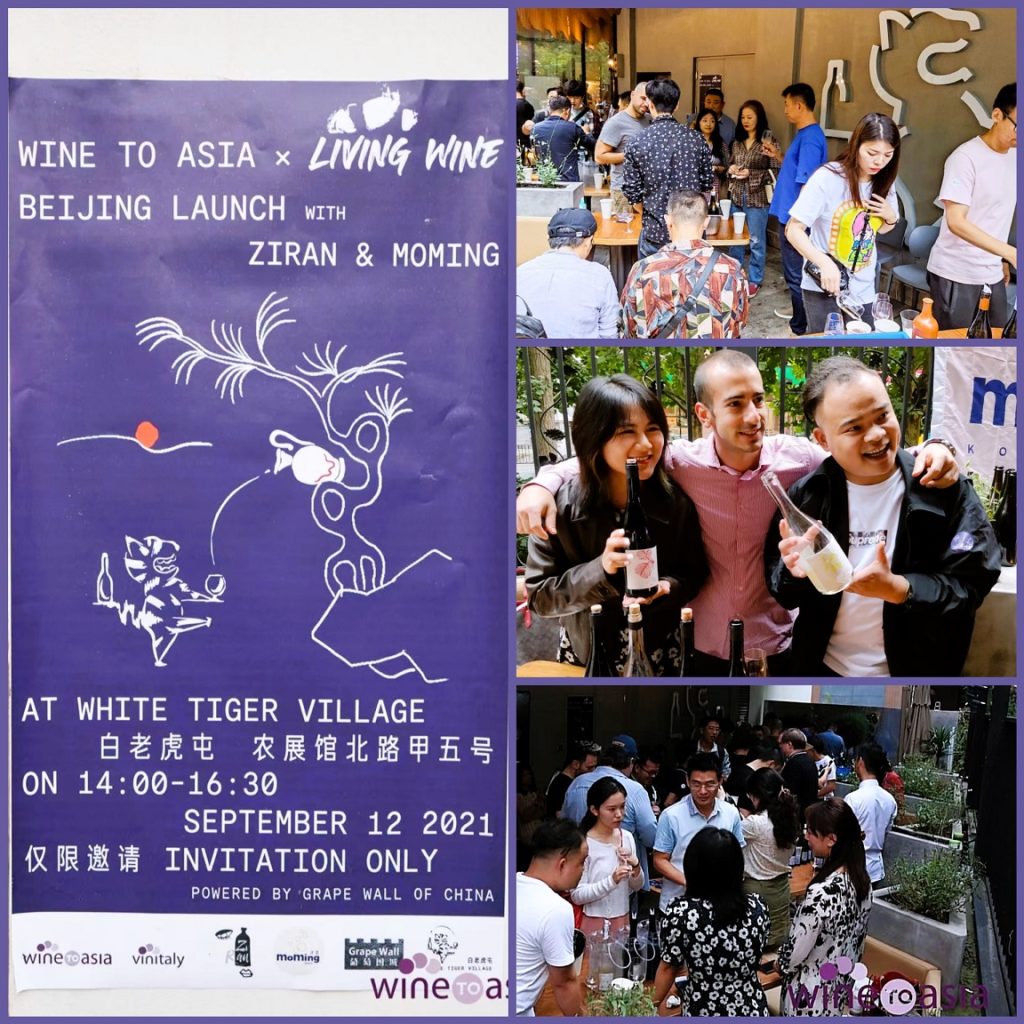
Shanghai has also led the way with festivals but other cities are catching up here, too. A few notable examples from Beijing include the Living Wine party at White Tiger Village in 2021, a bunch of natural wine festivals at The Merchants the past few years and, of course, last month’s orange wine festival, all with good turnouts.
(My next newsletter focuses on why this orange wine festival worked so well. Sign up here. And see my last newsletter here.)

Craft wine, in some ways, seems to have more in common with craft beer than with the traditional wine scene.
The traditional wine scene largely focuses on status, with people buying for entertaining and gifting. In turn, buyers rely on authority – scores, rankings, medals, winery fame et al – often in lieu of knowing, or even caring, about the wine itself.
(I’ve always found a whiff of Cabernet colonialism, a sense of consumers being told how and what to drink from a largely European perspective, rather than a billion consumer-strong market defining such things for itself. Of course, nothing is absolute–Burgundy is an example of a niche with man true fans here.)
Craft wine is quite the opposite. Concerns about scores and rankings, or how long to ‘cellar’ a bottle, are rare. Consumers drink out of curiosity and pleasure. They are open to new wine styles and grape varieties, including from local producers. A tea-infused Chardonnay from Ningxia. Sure. A wine made with Niagara or Muscat Black grapes from Yunnan. Why not?
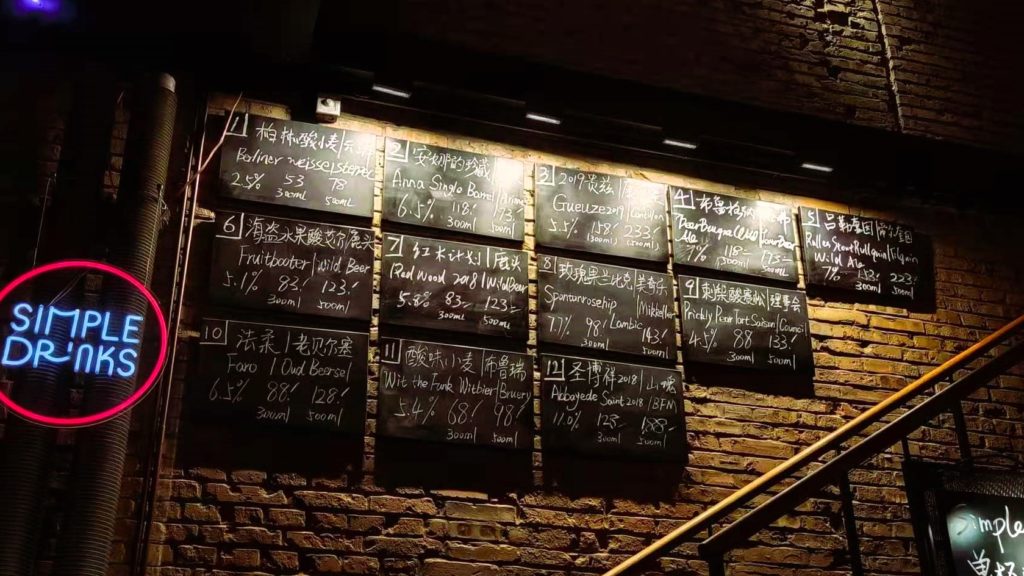
Any wine trade people about to claim the beer scene is unsophisticated are obviously not up to date: we see an endless range of imported and local beers, from classic styles like lagers, wheat beers, IPAs and stouts to recently emerging ones like sour beers and New England Hazy IPAs to riffs incorporating local ingredients like Sichuan peppercorn, wolfberry and local honey. At some leading beer bars, expect to pay RMB60, RMB100 or over RMB200 per glass.
Of course, there are other factors at play. “Natural” wine et al is trendy. The labels are often intriguing. And producers continually push the boundaries and create with these wine a sense of adventure that, again, seems close to that for beer or even cocktails.
“Natural wines are sometimes seen as similar to cocktails in my experience,” said Incontro in the Q&8. “They like the funky labels and the nice taste. They share it with friends. ‘Let me try! Let me taste!’ It’s almost the same situation as when trying a cocktail.”
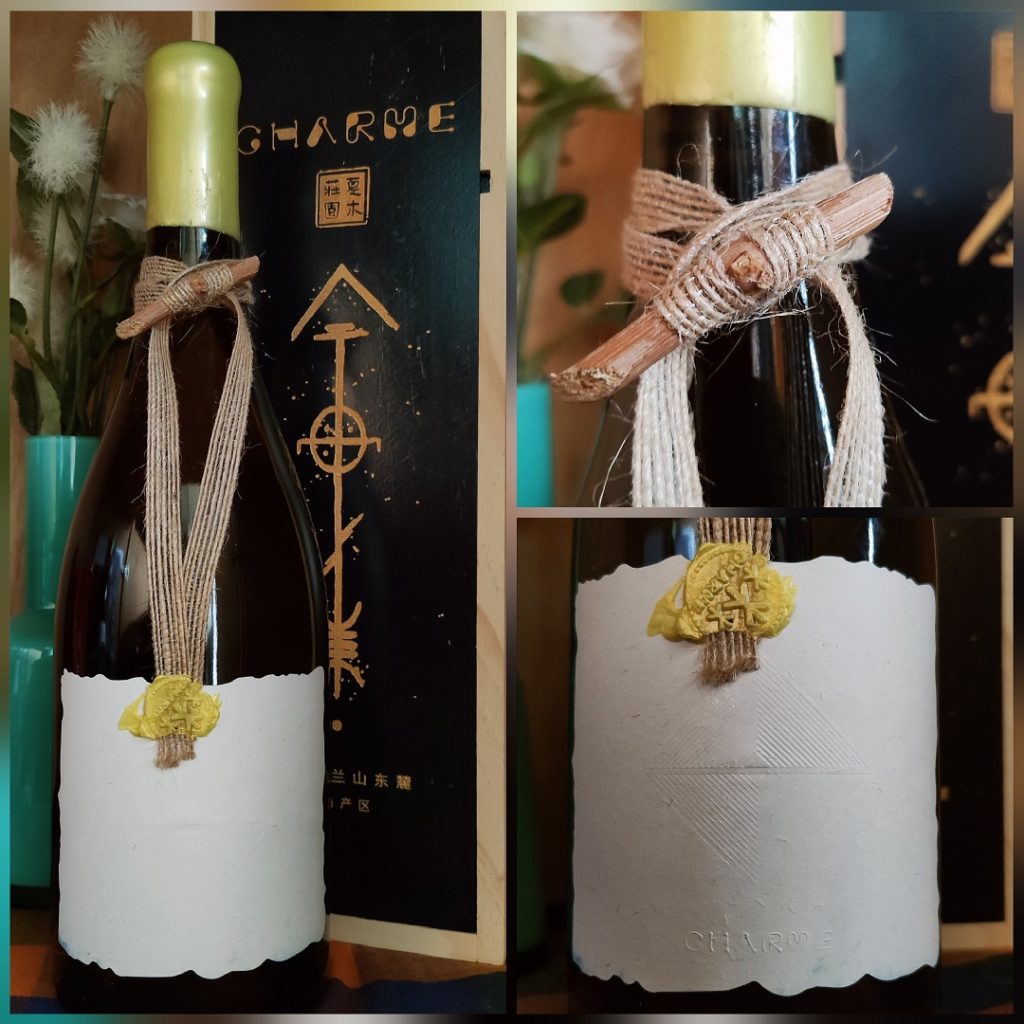
I also find a difference between ‘educated’ craft beer consumers and those in the traditional wine scene. I run into many of the latter who get their knowledge via a teacher-student or classroom situation, such as taking a wine course of joining a ‘master’ class, with plenty of rote learning and rote repeating. But many of the educated beer consumers I’ve talked to are self-taught, more exploratory and open-minded. And I find that many natural wine consumers lean toward the craft beer attitude.
Okay, before this turns into a rant, the important thing is this niche is stirring up interest in a wine scene that has been struggling. It’s still a small slice of the market, and who knows where it will be in a decade or so, but it’s at least encouraging more people to try and learn about wine. It’s good to see that energy as well as the ambition of local winemakers to be a part of it. If my talks with Chinese winemakers and my visits to Chinese wineries in the past year is any indication — it’s impressive how many of them now have amphora in the cellar– we can expect lots more in the pipeline.
Sign up for the Grape Wall newsletter here. Follow Grape Wall on LinkedIn, Instagram, Facebook and Twitter. And see my sibling sites World Marselan Day, World Baijiu Day and Beijing Boyce. Grape Wall has no advertisers, so if you find the content useful, please help cover the costs via PayPal, WeChat or Alipay. Contact Grape Wall via grapewallofchina (at) gmail.com.
Leave a Reply
You must be logged in to post a comment.